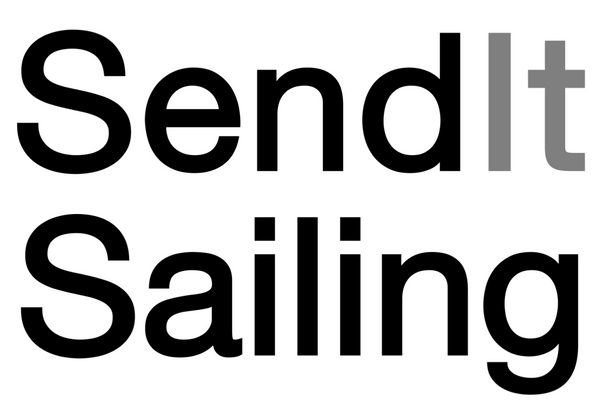
Setting up a Slip for Docking
Share

Setting up a slip for docking boats can be an exciting and rewarding endeavor, providing a safe and convenient mooring location for boaters. Here's a detailed step-by-step guide on how to set up two types of slips: "Side To" docking and a true slip with pilings or piers on each side.
1. Choosing the Location: Select a sheltered area with calm waters, minimal currents, and protection from prevailing winds. Make sure the water depth is appropriate for the size of boats you plan to accommodate.
2. Installing Pilings or Piers: For a true slip, you'll need to install sturdy pilings or piers on both sides of the boat. These will act as the main mooring points. It's best to hire a professional contractor for this task to ensure proper installation.
3. Designing the Slip: Measure the dimensions of the boats you expect to accommodate and design the slip width accordingly. Leave enough space between the boats to ensure easy maneuverability.
4. Dock Construction: Build a sturdy dock platform with non-slip material to ensure safety for boaters. Incorporate cleats on both sides to secure the lines.
5. Side To Docking: For "Side To" docking, position the boat parallel to the dock. Prepare and attach the following lines on the dock:
- Bow Line: This line connects the bow (front) of the boat to a cleat on the dock. Use a spring line (attached amidships) in addition to the bow line to prevent the boat from moving forward or backward.
- Stern Line: Connect the stern (rear) of the boat to a cleat on the dock. This line helps keep the boat from moving away from the dock.
- Spring Lines: These lines run diagonally from the boat to the dock, forward and aft. They help prevent the boat from moving excessively fore and aft.
- Fenders: Place fenders along the side of the boat facing the dock to cushion the boat against impacts.
6. True Slip Docking: In a true slip, position the boat inside the slip, between the pilings or piers. Prepare and attach the following lines:
- Bow Line: Attach the bow of the boat to a cleat on the dock near the bow of the boat.
- Stern Line: Connect the stern of the boat to a cleat on the dock near the stern of the boat.
- Spring Lines: Secure two spring lines, one on each side of the boat. These lines run from the boat to cleats on the dock, creating a diagonal arrangement that prevents excessive movement.
- Fenders: Place fenders on both sides of the boat to protect it from rubbing against the pilings or piers.
7. Shore Power and Utilities: If available, provide shore power pedestals near each slip for boats to connect to electricity. Ensure proper electrical safety measures are in place. Also, consider providing fresh water hookups and waste pump-out stations for convenience.
8. Safety Measures: Safety is of utmost importance in a marina. Implement the following safety measures:
- Clear Signage: Install clear signs indicating the slip numbers and any hazards.
- Proper Lighting: Ensure adequate lighting along the dock for nighttime visibility.
- Emergency Equipment: Keep life rings and rescue ladders readily accessible.
- Slip Maintenance: Regularly inspect and maintain the dock, pilings, and utilities to ensure they are in good condition.
9. Boater Education: Provide information and educational material to boaters on proper docking procedures and safety protocols.
Remember, creating a well-designed and safe slip can enhance the boating experience for everyone involved. By considering the needs of boaters and implementing safety measures, you'll create a welcoming and enjoyable environment for all who come to dock their boats. Happy boating!
Photo Credit: Duncan Seawall
